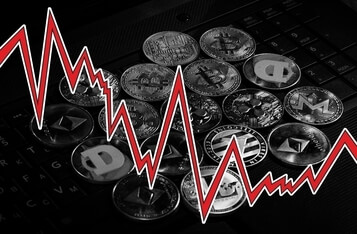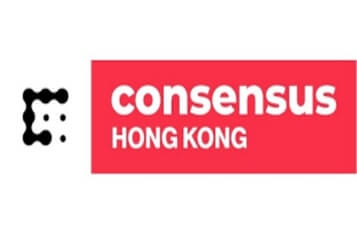DLA Piper: Security Tokenization in Hong Kong
Security tokenization is the representation of fractional interests in an asset using blockchain. A security token derives its value from an underlying asset, such as a work of art. This differs from a utility token, which gives a holder the right to use a particular product or service, or a cryptocurrency such as Bitcoin, which has its own value as a currency.

This article will outline advantages for asset owners and investors, key aspects of the publicly-stated approach of the Securities and Futures Commission of Hong Kong (“SFC”) to security tokens, and our observations regarding security tokenization in Hong Kong.
Advantages for asset owners
Security tokenization could represent a new way to raise capital efficiently. It could unlock liquidity for asset owners by giving them access to a larger potential pool of investors. This is particularly valuable for high-value illiquid assets such as real estate or fine art because security tokenization broadens the class of potential purchasers to include small investors that are only seeking a fractional interest in an asset. This, in turn, allows for the spreading of risk and adds a liquidity premium to the value of the asset.
An important feature of security tokenization is the flexibility of tokenomics. The self-executing smart contract embedded in a token can be drafted so the token represents anything from the equity in a legal structure owning an asset, to an interest in debt secured by an asset, to an interest in an income stream based on cash flows from an asset. This gives owners optionality to suit their needs and the ability to devise investment propositions to attract potential investors.
Advantages for investors
Investors can gain exposure to an asset with security tokenization that they might not ordinarily be able to acquire outright. Although they could acquire a unit in a vehicle such as a real estate investment trust, this would usually involve exposure to more than one asset, and the investment holdings of such a trust are restricted in various ways. In contrast, security tokenization facilitates single-asset exposure, giving investors much greater direct control over their investment portfolio allocations.
The fast digital nature of security tokenization is another key advantage. Due to information disclosures facilitated by smart contracts, investors can be provided with information 24 hours a day. They can then trade tokens based on that information at any time because a token exchange is not tied to the trading hours of a traditional securities exchange. This is especially attractive in a volatile market.
The SFC’s approach
In many instances, the SFC regulates security token offerings. In addition, certain security token-related activities will require an SFC license, including the marketing and distribution of security tokens (whether in Hong Kong or targeting Hong Kong investors) and the operation of an electronic trading platform for matching client orders in Hong Kong.
Furthermore, the SFC’s current position is that security tokens should only be offered to Hong Kong “professional investors” as defined in the Securities and Futures Ordinance (Cap. 571 of the Laws of Hong Kong).
Our observations regarding security tokenization in Hong Kong
Our Hong Kong asset owner clients are showing interest in increasingly sophisticated tokenomics specifications, including how to disclose, or equally limit the disclosure, of information to investors.
From a technology perspective, security tokenization would enable investors to trade tokens on digital assets exchanges as these come online. At the moment potential token issuers currently seem more focused on using tokenization to raise funds in the first instance. This might be a reflection of current market dynamics and we predict that there will be an increased focus on secondary market liquidity as the sector develops.
In a post-COVID-19 world, one of the few certainties is that the market will need to do more with less. With its speed, efficiency and reliability, security tokenization could be the catalyst for the transformation of asset ownership and investment.
This article was written by: Scott Thiel and Jonathan Gill, DLA Piper
Image source: Shutterstock
Disclaimer:The views and opinions expressed in this article are those of the contributor and Blockchain.News does not endorse and is not responsible or liable for any content, accuracy, quality, advertising, products, or other materials on this page. Readers should conduct their own research before taking any actions related to this company.






